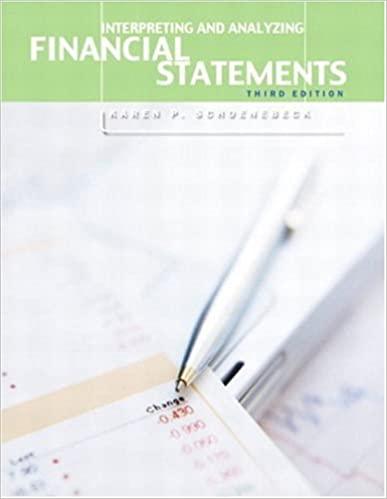Which of the following correctly defines nonsampling risk?
| | a. The risk that the auditor will conclude that the state of internal controls is not effective when internal controls are actually effective (also referred to as the risk of assessing control risk too high). | | |
| | b. The risk that the auditor will conclude that the state of internal controls is effective when internal controls are actually not effective (also referred to as the risk of assessing control risk too low). | | |
| | c. The risk that the auditor's conclusion based on a sample might be different from the conclusion he or she would reach if the test were applied in the same way to the entire population. | | |
| | d. The risk that the auditor reaches an erroneous conclusion for any reason not related to sampling risk. | | |
The sample size of a MUS sample is a function of the following factors: (1) the risk of incorrect acceptance, (2) the ratio of expected misstatement to tolerable misstatement, and (3) the ratio of tolerable misstatement to the population.
Which of these is the correct definition of sampling units?
| | a. Sampling units refer to the group of transactions or the items that make up an account balance for which the auditor wants to estimate some characteristic. | | |
| | b. Sampling units refer to the individual items making up the population. | | |
| | c. Both of these are correct. | | |
| | d. Neither of these is correct. | |
Which of these statements is false?
| | a. A tolerable misstatement is a monetary amount set by the auditor in respect of which the auditor seeks to obtain an appropriate level of assurance that the monetary amount set by the auditor is not exceeded by the actual misstatement in the population. | | |
| | b. A misstatement is a dollar amount of misstatement, either intentional or unintentional, that exists in a transaction or financial statement account balance. | | |
| | c. If expected misstatement is smaller than tolerable misstatement, sampling is not appropriate unless it is used to estimate the size of the required adjustment to the account balance. | | |
| | d. A factual misstatement is a misstatement that has been specifically identified and about which there is no doubt. | | |






